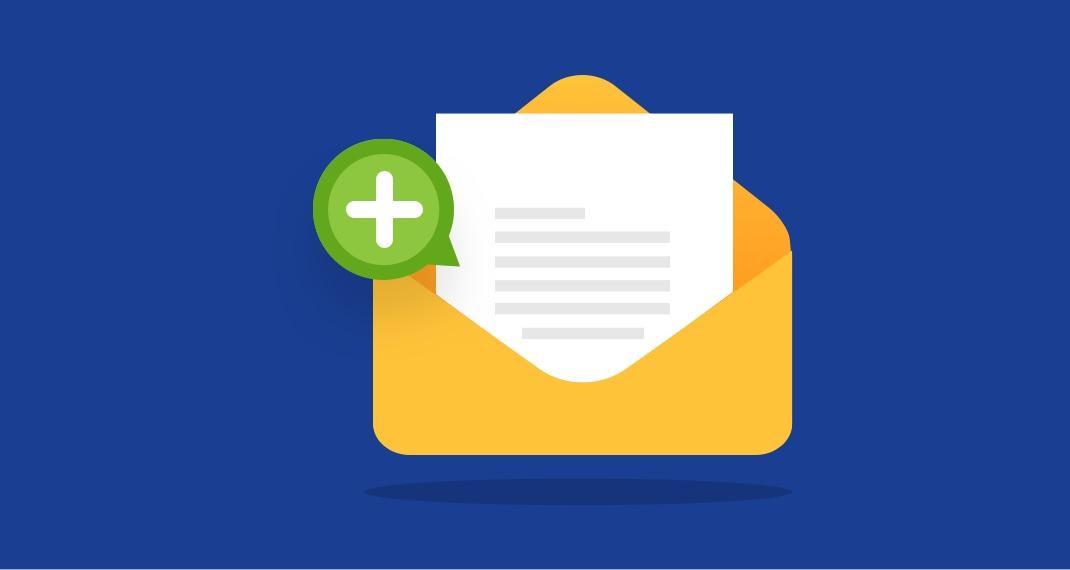Top Email Marketing Strategy Tips
Published by Spinutech on January 15, 2021

After some lag and hilariously awkward video freeze frames, the Zoom call starts. You have hard-hitting questions about data and email campaign metrics. What answers should you expect from your agency? How do you measure success?
All too often, email marketing strategists, copywriters, and designers answer with thorny lingo, tangled buzzwords seemingly built on obscurity rather than clarity. The data is important. Spinutech is a data-first agency, in fact. That doesn’t mean essential information should be barricaded behind mystical, obtuse explanations.
We’re here to cut through the chatter and show you how to generate winning email marketing campaigns based on one underlying principle: attraction over acquisition.
Conversions and Engagement are People, Not Numbers
Email blasts. Acquisitions. Conversions and churn. Helpful terms in some circumstances, sure. But the best way to view your potential and existing customers isn’t only as a number in a chart, another digit dotting a line graph. They are people and should be treated as such.
Semantics? We don’t think so. By beginning to reframe the way we talk about the audiences we target with email campaigns, we can also start to fundamentally change the way we think about engaging them.
Ultimately, a strategy rooted in humanity is one that corresponds with current marketing trends skyrocketing toward personalization and social value alignment. When viewed as human beings with hopes, fears, concerns, and desires, it’s clear audiences don’t like recycled content that doesn’t pertain to them. Simply put, that stuff is annoying. Avoid it at all costs.
Email Marketing Communication & Feedback
Chances are, if you ask a buddy what they think about a topic, you’ll have no issue getting an earful packed with insight and, maybe, some less-than-helpful diatribes. People want to be heard. We want to be validated. Seeking feedback about your brand’s content can be one of the best ways to cultivate email success.
Creating a prominent space where your users can give website feedback serves a twofold purpose. First, you get hot tips on what can be improved about your site. Second, you give responders the option to provide their email address.
Entice them to take this extra step by offering a response to their feedback and delivering content you’re confident they’ll like. Maybe a reward for their time? If they’re making the effort to send you a message, more likely than not they’re already invested in your brand. Build on that.
Once you have a relationship based on conversation instead of conversion, you’ve got a pretty great opportunity to strengthen it into something long-lasting and beneficial for both sides.
Encourage Email Sharing
If you’re anything like us, the moment after you watch that brand spanking new Netflix show or discover a mind-blowing podcast, you want to share it. You want to tell your friends about what you just gobbled up, whether it’s via an Instagram story, a text, or a fax (just kidding, what even are faxes?).
Encourage community and sharing. Find ways to keep sharing and social options visible without being overbearing and transparently self-serving. Instead, serve the audience member. If they like the content you’re dishing out, they’ll want to share it and will likely be stoked if it’s simple to do so.
Trim Down Lengthy Email Contact Lists
This might sound way out there, but trust us, we have a method to our madness. Usually, when you talk with email acquisition strategists, they’ll suggest growing your contact list, no matter the cost. Even if that means literally spending money to buy third-party email information. Not cool.
We’re in favor of using every tool at our disposal. Yet we often know, as consumers ourselves, emails from brands we rarely engage with are flat out terrible. Not only was our relationship with that brand already on the rocks, now it’s unlikely to ever recover because we keep getting more and more and more and more messages we don’t care about.
Don’t Forget the Data
Keep an eye on data (we like data). Analyze who’s opening the emails and your bounce rate. Even more importantly, measure what people are clicking on, engaging with. Clicks can be even more important than open rates. This is tough. We know. But when certain audiences or contacts show a pattern of not digging your email content, give them a break. Remove them from your list.
This can be a shrewd move. It protects your reputation. You never want to be known as a bothersome brand.
Shift the time you used to spend on growing your lists to making better content for your existing subscribers. Run contests. Send out personalized messages and thank yous. Track the content that’s working well, analyze why, and make more of it. But cooler. And maybe shorter too. Carve out time for testing subject lines and deployment timing. Subject lines drive engagement, so it’s important to nail the wording. And it might be cliché, but timing is everything.
The Email Acquisition Wrap-Up
Hey, we know expertise doesn’t come from reading one single article. Keep these steps in mind and continue taking time to learn and grow as much as you can.
Think of your audience as human beings first, and we promise they’ll be thankful for it. Wed that perspective with some well-analyzed data and you’ve got a winning email attraction strategy brewing.